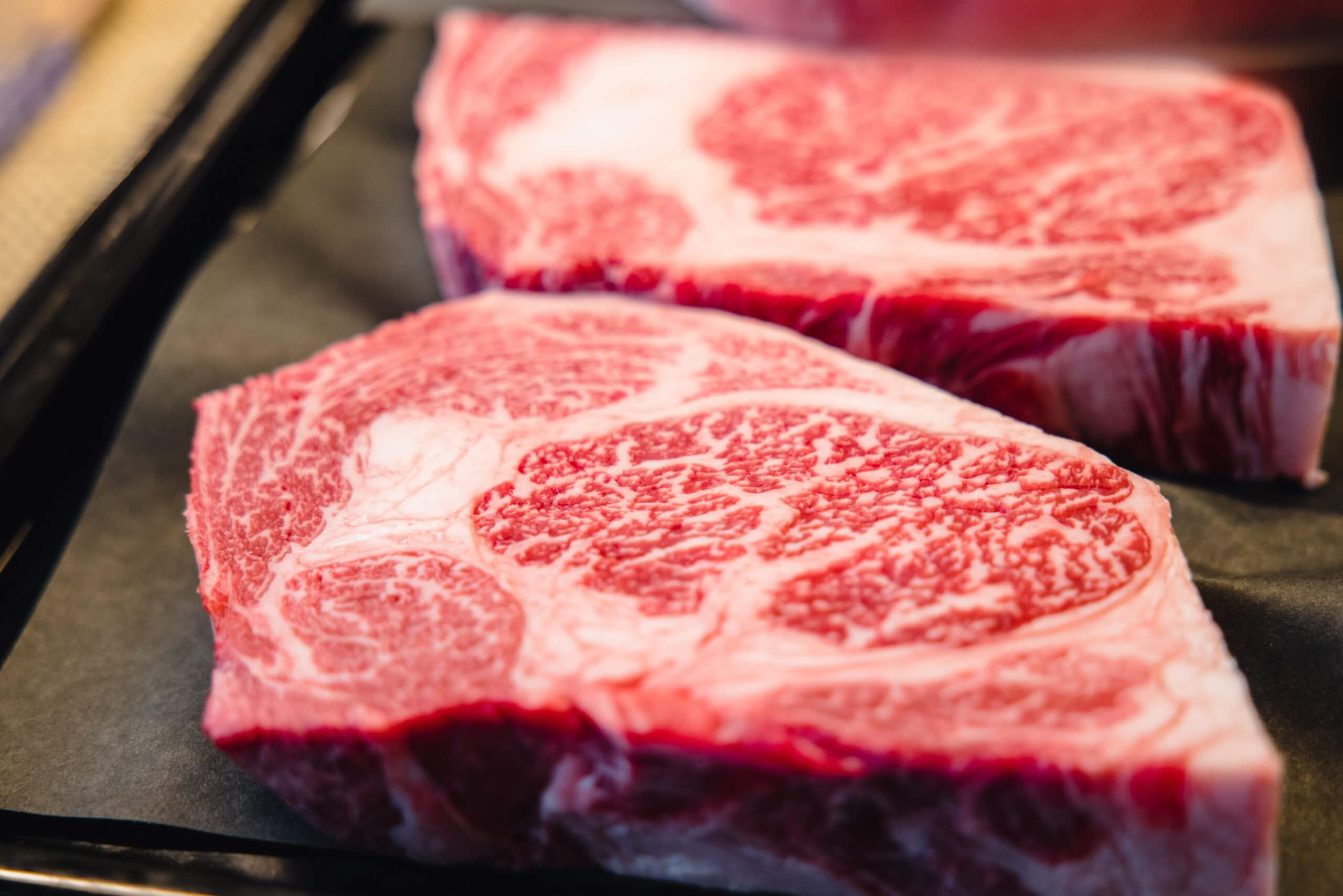Doctors at the Cleveland Clinic are shedding new light on why red meat is harmful for gut health. Previously, researchers found that consuming beef, pork or lamb generates a chemical called TMAO (trimethylamine N-oxide) that’s linked to blood clots and heart disease. Now, they’ve worked out exactly how microbes in the intestine convert the nutrient carnitine into TMAO.
The findings may lead to better ways of treating and even preventing the world’s number one killer. It builds on more than a decade of research by the team.
“These new studies identify the gut microbial gene cluster responsible for the second step of the process that links a red meat-rich diet to elevated cardiac disease risks,” says lead author Dr. Stanley Hazen, who directs the Cleveland Clinic Center for Microbiome & Human Health, in a statement. “This discovery helps point us towards new therapeutic targets to prevent or reduce diet-associated cardiovascular disease risk.”
Red meat is rich in cartinine which breaks down in the microbiome to produce the waste product TMAO. Three years ago the same team identified the intermediary metabolite in the process, called γBB (gamma-butyrobetaine). Very few gut bugs gut can convert the molecule to TMAO, explains Hazen.
“In omnivores, Emergencia timonensis is the primary human gut microbe involved in the transformation of γBB to TMAO,” he says. “Conversely, long-term vegetarians and vegans have very low levels of this microbe in their gut and therefore have minimal to no capacity to convert carnitine into TMAO.”
Cutting out red meat can improve gut, reduce heart disease risk
The researchers analyzed fasting plasma γBB using samples and clinical data from nearly 3,000 patients. Higher levels were associated with heart disease and major adverse events including death, non-fatal heart attack or stroke.
To understand the mechanistic link, fecal samples were collected from mice and patients, as well as preclinical models of arterial injury. It showed introducing E. timonensis completes the conversion of carnitine to TMAO, elevating levels and fuelling blood clots.
Sequencing technology identified the relevant gut microbial gene cluster named gbu (gamma-butyrobetaine utilisation). In the presence of γBB, the expression of all six genes increased. Four in particular, known as A, B,C and E, were vital in converting γBB to TMAO.
“By studying patient samples, we saw the abundance of gbuA is significantly associated with a diet rich in red meat and plasma TMAO levels,” adds Hazen. “Patients who transitioned to a non-meat diet went on to exhibit reduced gut microbial levels of gbuA. “Taken together, this suggests that dietary modifications may help reduce diet – and TMAO-associated cardiovascular disease risk. Likewise, the role of the gbu gene cluster may be worth exploring as a potential therapeutic target.”
Heart disease is responsible for the deaths of 659,000 Americans each year, or one in every four deaths. That makes it the leading cause of death in the country, according to the CDC.
Red meat is classified as a “probable” carcinogen by the World Health Organization.
Article by Mark Waghorn, South West News Service
